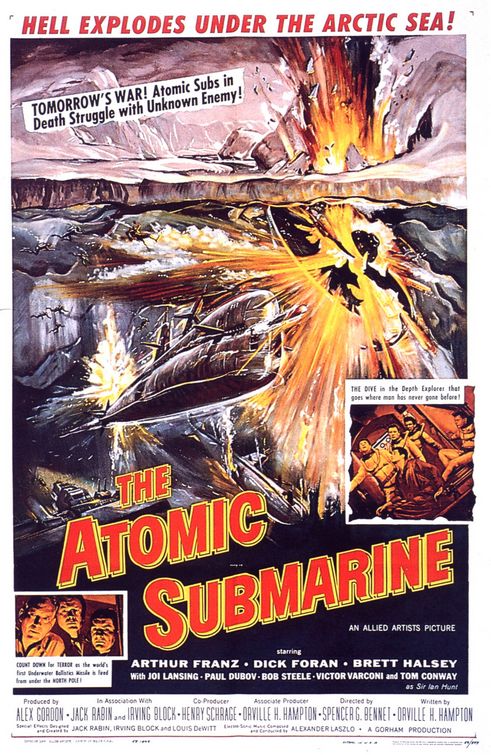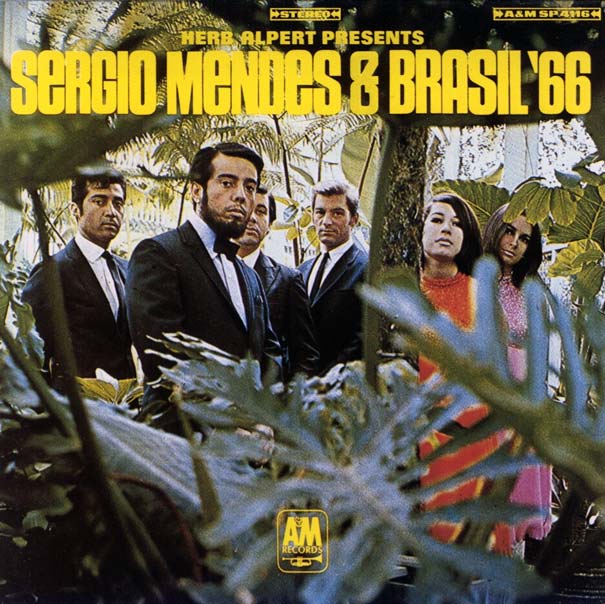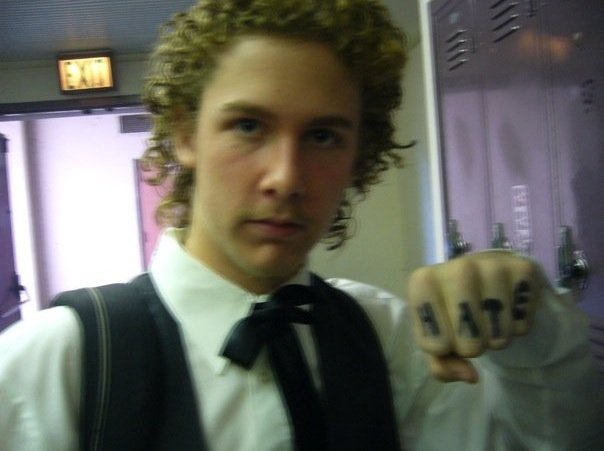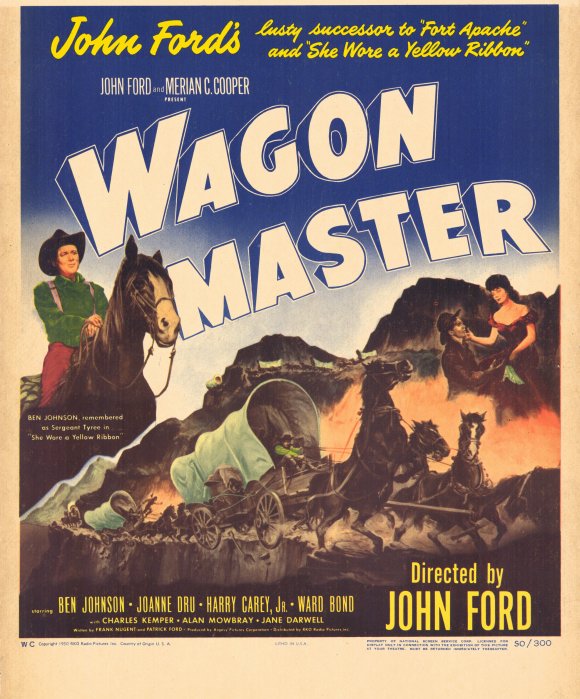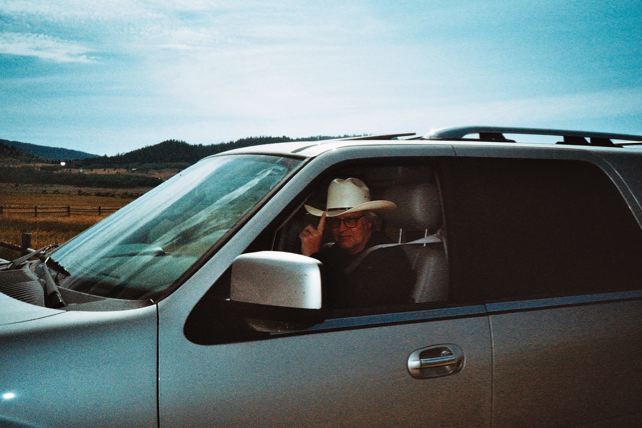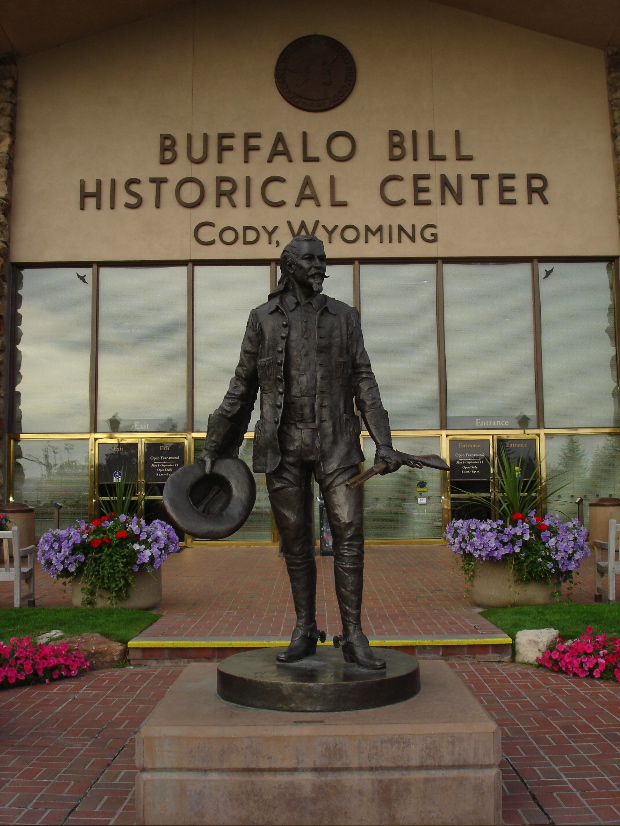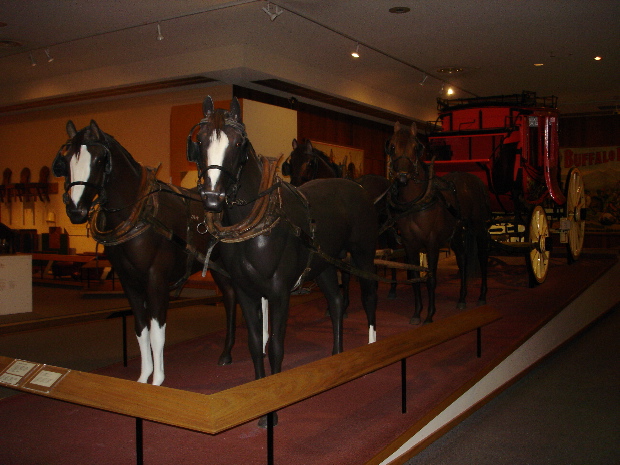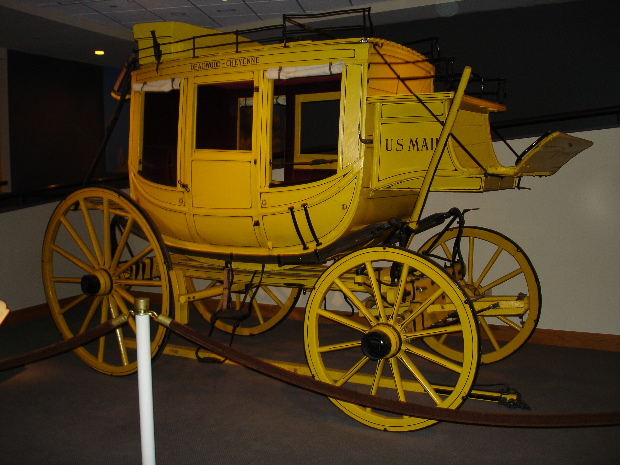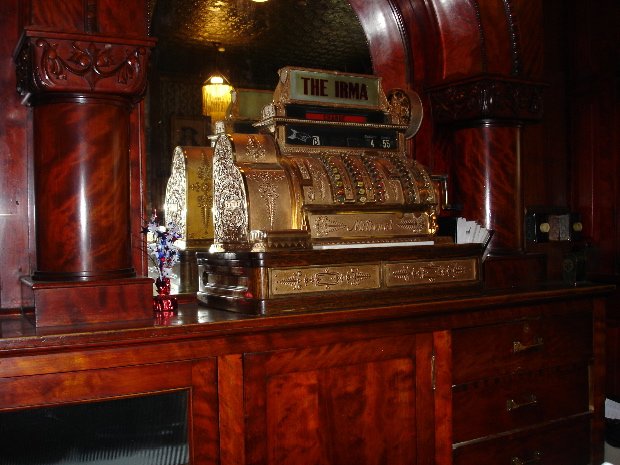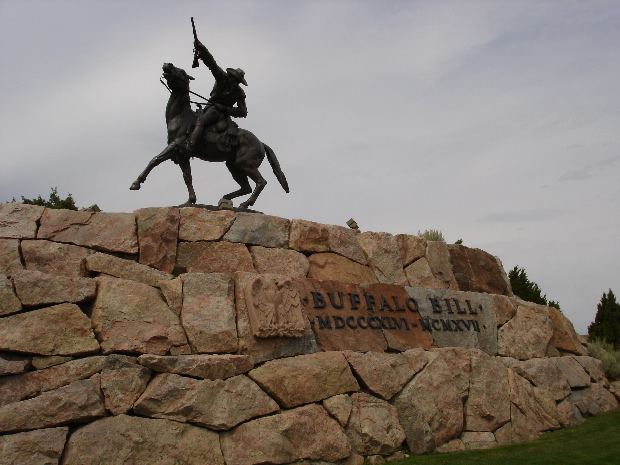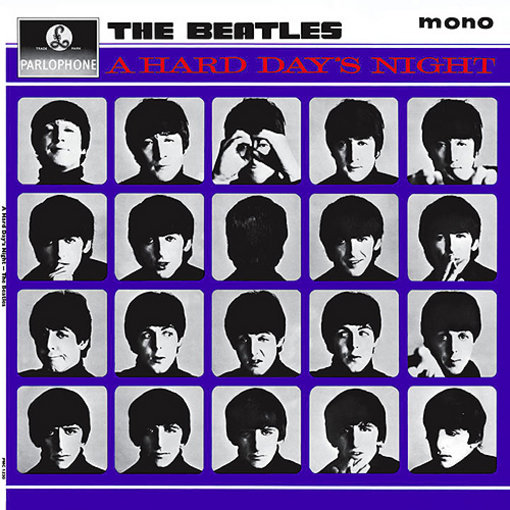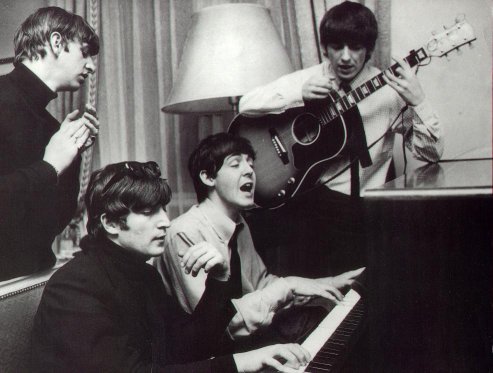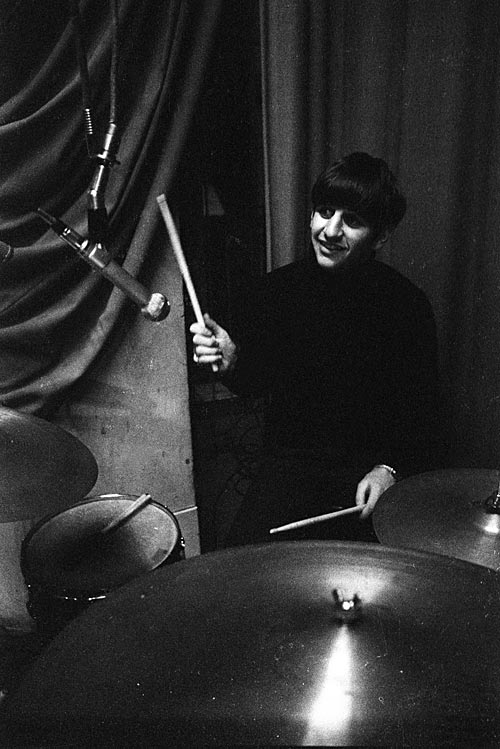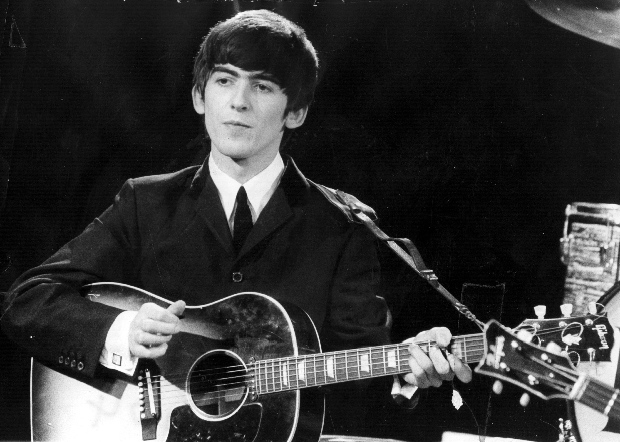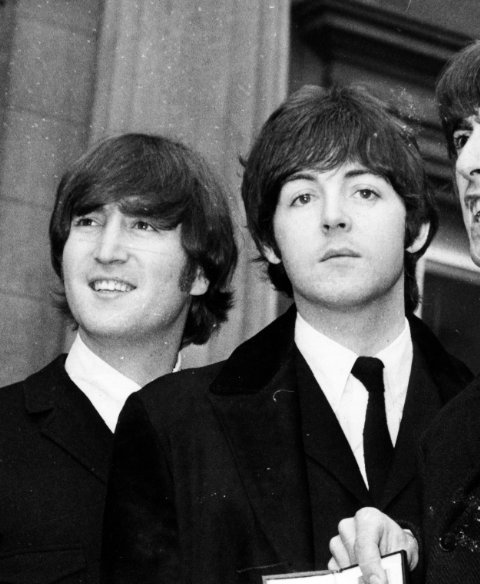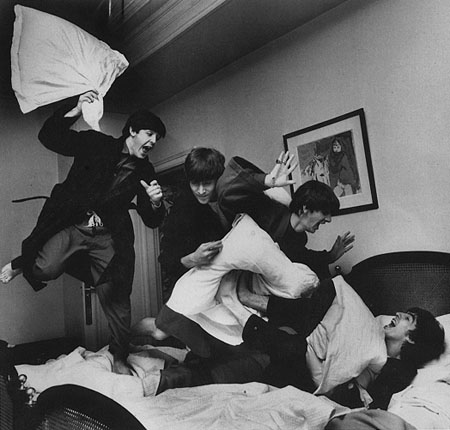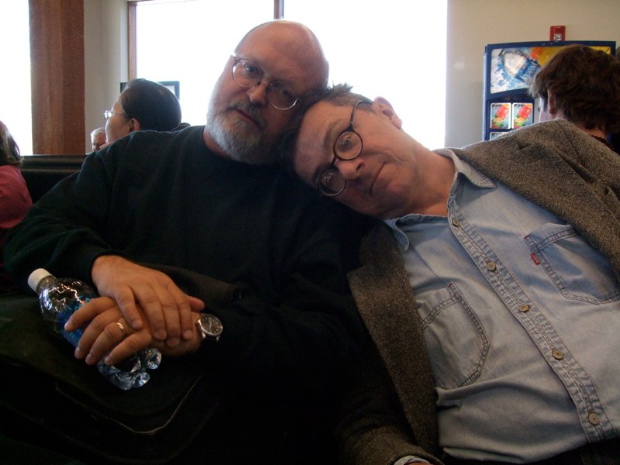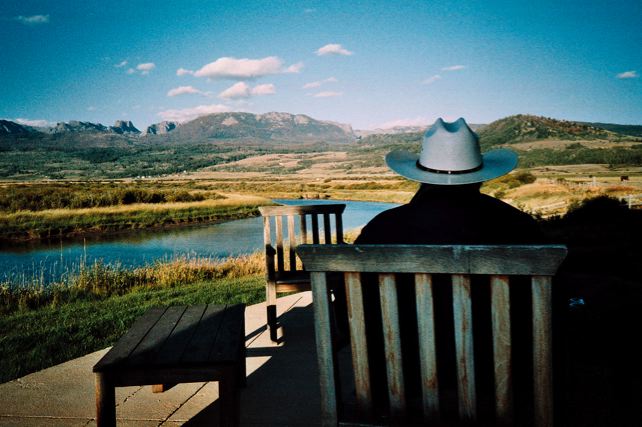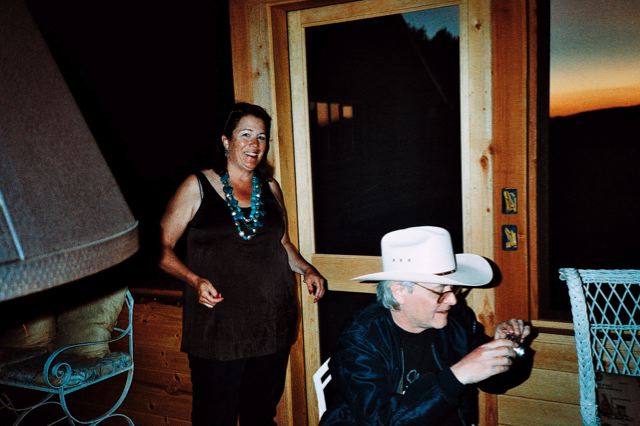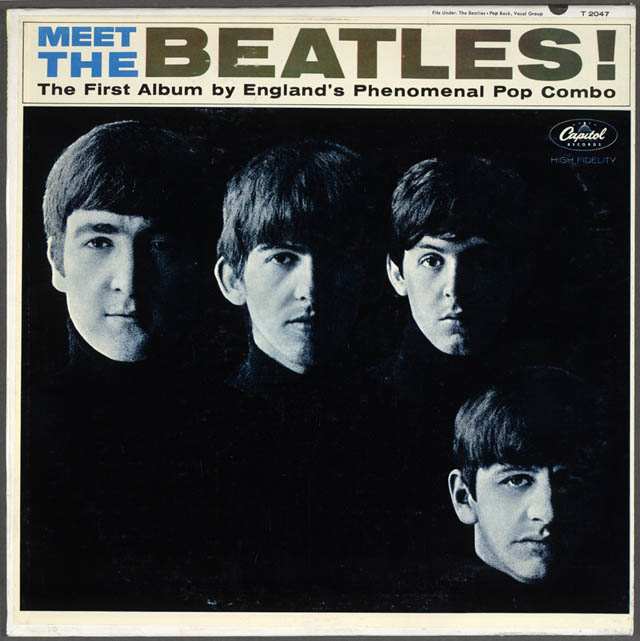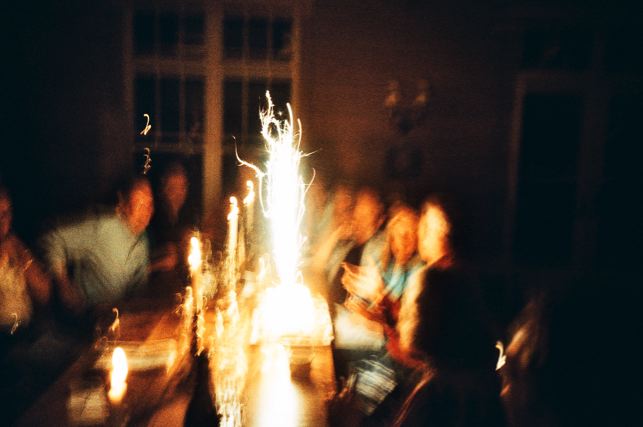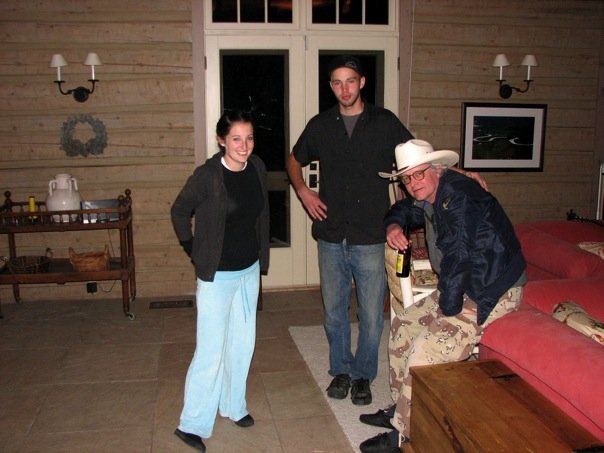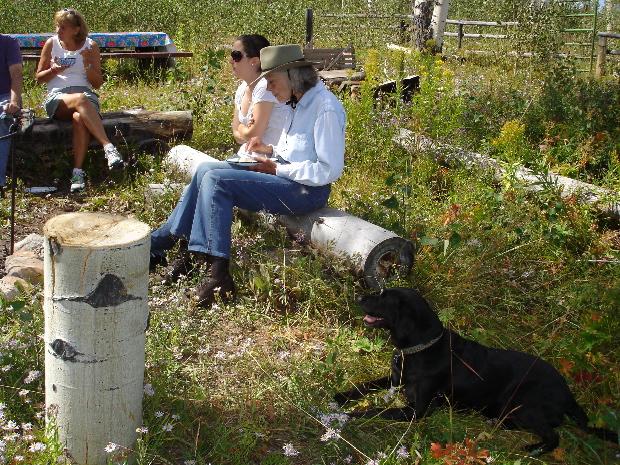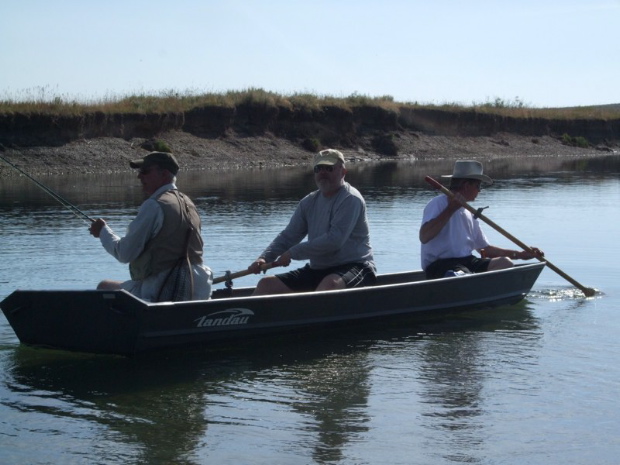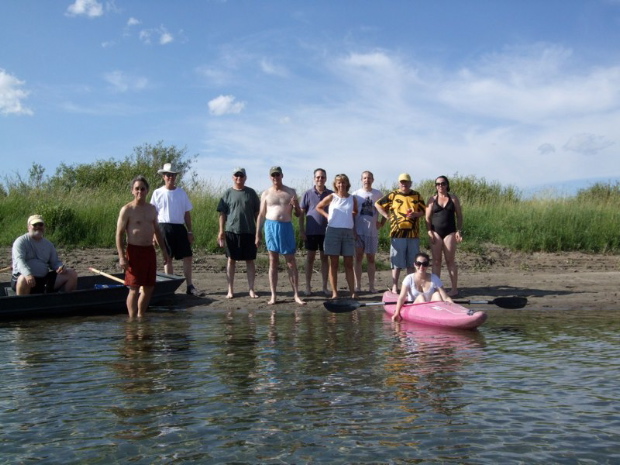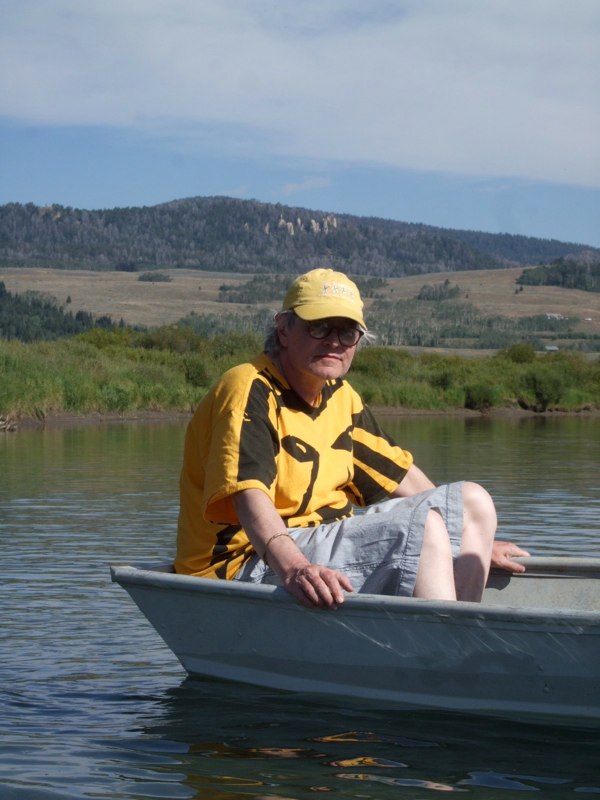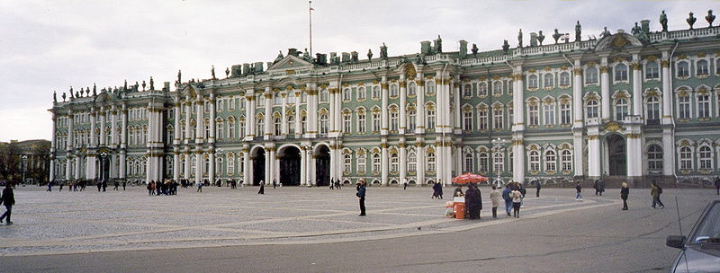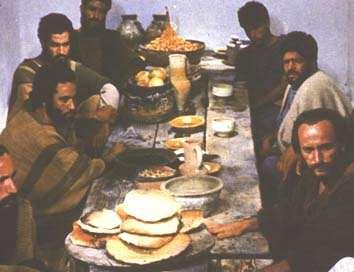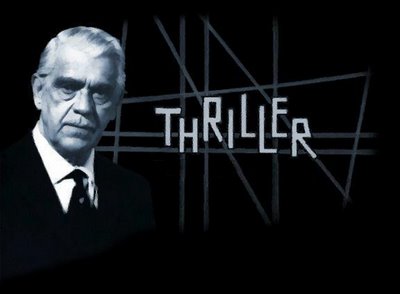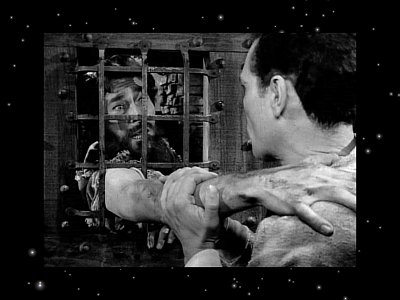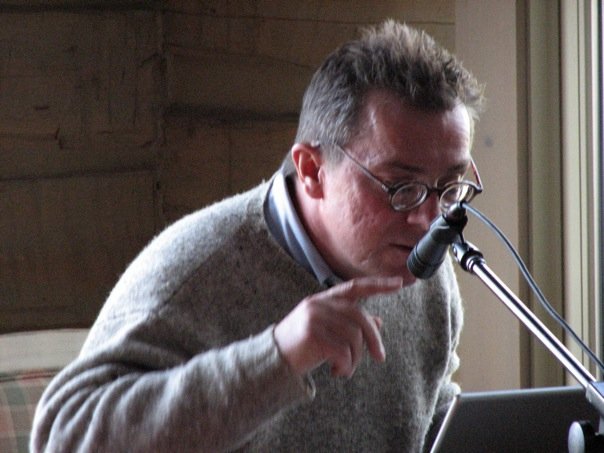Last week I had an urge to mainline a twist of pure cinema so I went off to see Inglourious Basterds. I was hoping for something visceral and crazy and maybe a tiny bit original. I got all of that and more.
Baudelaire said that genius is the ability to call back childhood at will. The ability to call back adolescence at will is, I guess, a lesser kind of genius, but Quentin Tarantino has it. This is not the same thing as pandering to adolescents, which is what Hollywood mostly does these days — repackaging material with proven appeal to teenage boys, dressing it up with loud sounds and CGI to make it feel new. Tarantino seems to be able to channel his inner teen in an organic way.
He also seems to be able to step back and watch himself doing it — which is what makes Inglourious Basterds so interesting. Brad Pitt's brilliant evocation of an action hero from the Sixties has all the insouciant appeal of Steve McQueen at his best, but also comments on McQueen's essential dumbness. The complex hall of mirrors that is the film's narrative gets us to cheer at preposterous, wish-fulfilling violence, and also to laugh derisively at people who cheer at preposterous wish-fulfilling violence. Tarantino puts Nazi uniforms on the people we're meant to laugh at, but that only goes so far in enabling our denial about what we're doing when we root for the horrifyingly brutal good guys.
Perhaps the most astonishing thing about the film is its narrative style. Its ads promise wild, extreme and nearly incoherent violence, and we get that on a regular basis, but only as eruptions from a slow, deliberate storytelling strategy. There are a number of extended scenes that play out with an almost glacial evolution of suspense, concentrating on the tiniest details of behavior, the subtlest inflections of dialogue.
Like Tarantino's best films, it's a movie about talking — sometimes talking at great length. The fact that such a film could dominate the box office for a few weeks gives the lie to everything Hollywood thinks it knows about the attention span of the modern audience. The modern audience, like every audience in the history of humankind, has infinite patience for the deliberate elaboration of a story — as long as it's a good story. Titanic proved this beyond question over a decade ago — Hollywood still hasn't gotten the message.
Inglourious Basterds isn't a great movie, but it's a real movie — which makes it great enough in this day and age. Although it remixes ideas and tropes and genres and movies from the past — from The Dirty Dozen to Pierrot Le Fou — it arrives somewhere new. It takes chances, not least in its return to the most conservative of narrative conventions. It violates disreputable expectations even as it satisfies disreputable expectations — it leaves you off balance at every turn.
Perhaps the highest praise I can give it is that, at its heart, it doesn't have even a whiff of cynicism about it. It believes that the art of movies is still alive, still developing, still capable of messing with your mind instead of lulling you to sleep. Tarantino may not have a clear idea about what to do with this capacity, this awesome potential, but he's determined to do something, and in Inglourious Basterds he has.
For an appreciation of Tarantino's faithfulness to genuine cinematic form as it relates to shot construction, read this important essay by Steven Boone:
Inglourious Snatch



